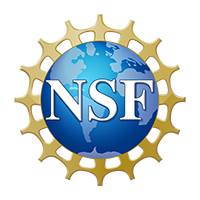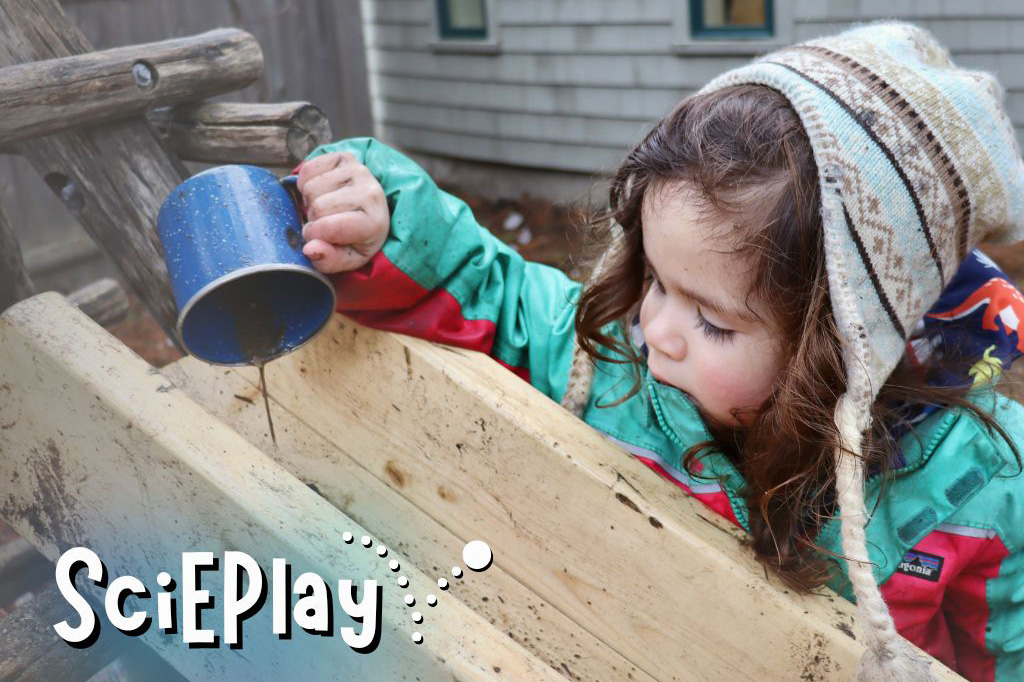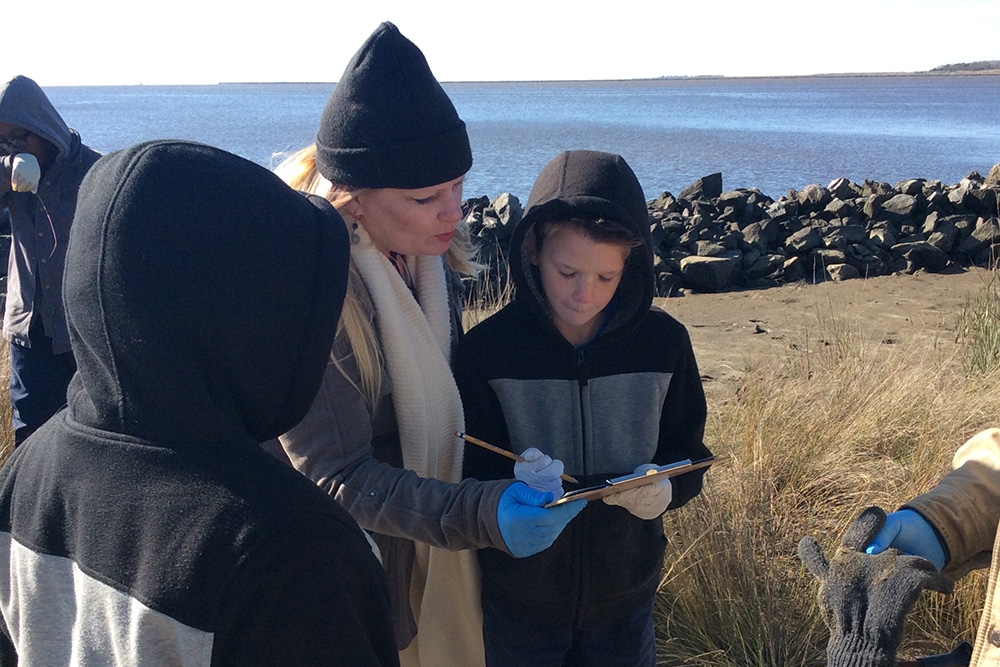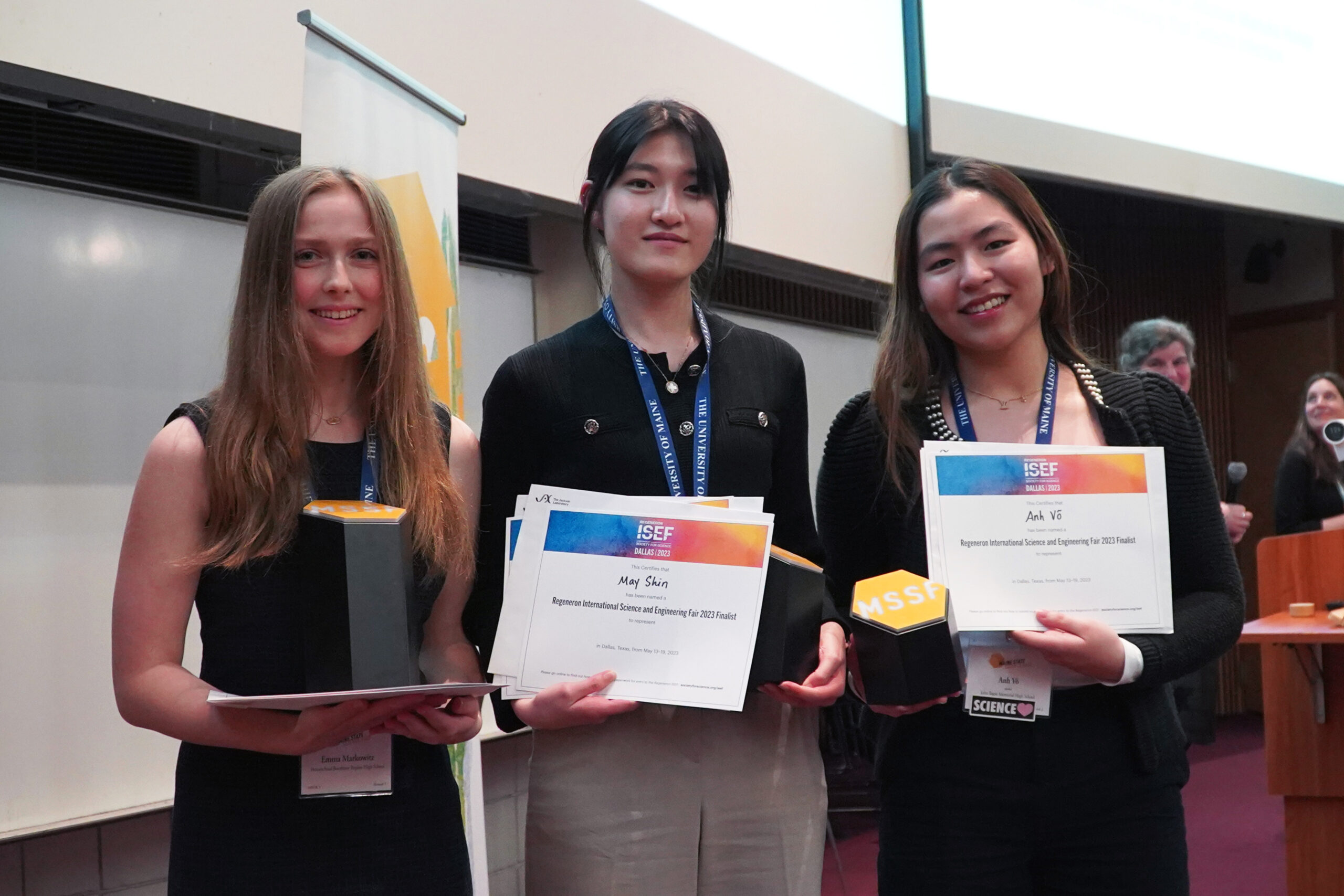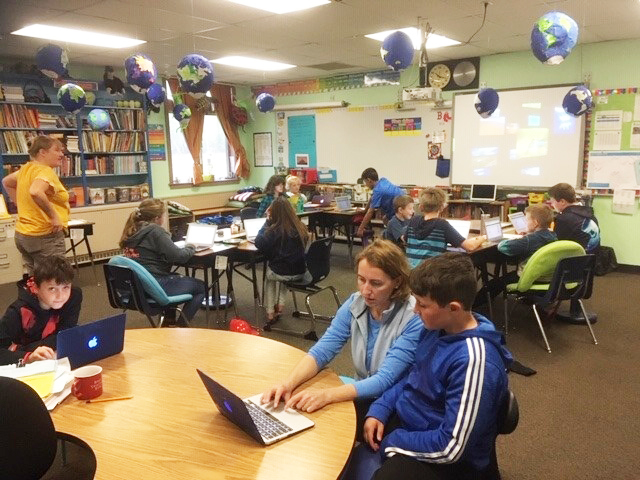Gone are the days of rote memorization and passive learning. Imagine a science classroom where young children are gleefully splashing in puddles, exploring the movement of water. After some initial study, they build channels and dams to test their ideas. Welcome to the world of SciEPlay, a pioneering collaboration between MMSA, Bowdoin College, and Samara Early Learning, funded by the National Science Foundation.
SciEPlay harnesses the power of play-based learning in early science education. This innovative research and professional learning project has two key goals: to understand how young children engage with science and engineering through play, and to equip early childhood educators with tools and strategies to nurture children’s curiosity and scientific sensemaking. SciEPlay is one of the first research projects to emphasize scientific and engineering practices in early childhood settings, with huge potential to advance the field of science education.
Spearheading SciEPlay: Meet Dr. Alison Miller
Leading the SciEPlay research team is Dr. Alison Miller, Associate Professor of Education at Bowdoin College. A distinguished learning scientist, Dr. Miller’s research centers on PreK-12 STEM learning environments, particularly focusing on how children learn science and how educators can facilitate those experiences.
As the founding visionary of the SciEPlay project, Dr. Miller’s inspiration stems from personal experience. “It all started by observing my own children,” she reflects. “Although I’ve studied science education for most of my career, it was seeing my own children’s play and interactions with their surroundings that truly sparked my interest.”
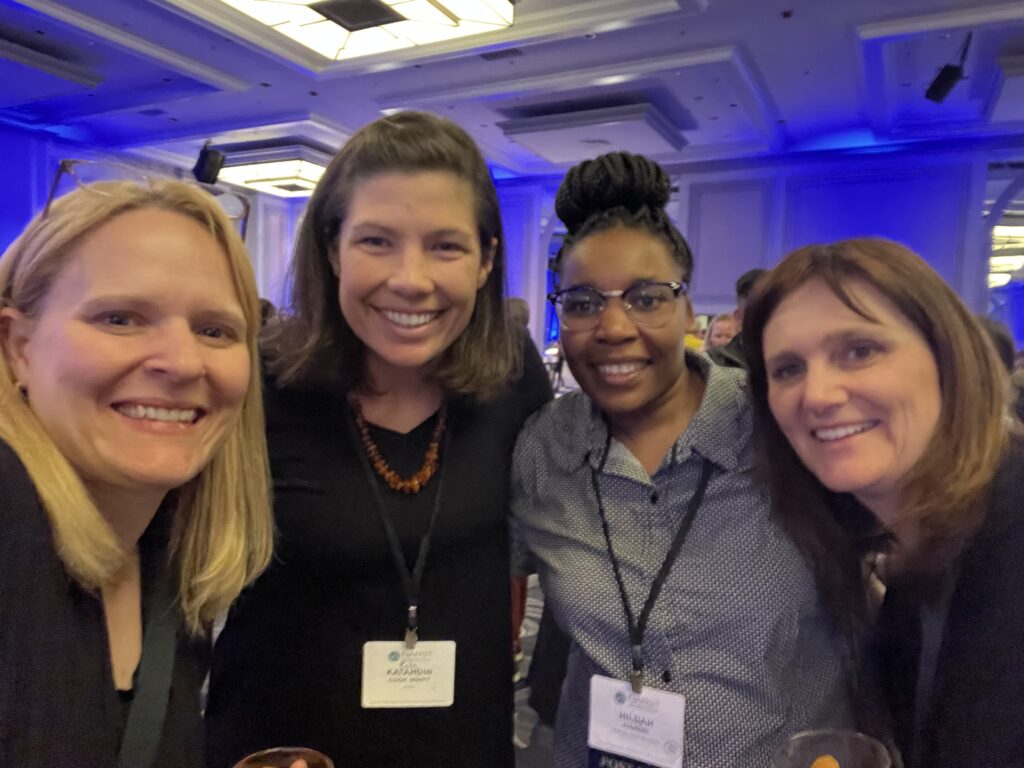
The publication of A Framework for K-12 Science Education in 2012 and the subsequent release of the Next Generation Science Standards (NGSS) in 2013 further fueled her curiosity. She elaborates, “I started thinking about my children’s play, and their friends’ play, within the context of the NGSS and three-dimensional learning.”
“As I observed more, I noticed that children were asking scientific questions and constructing explanations based on their observations and experiences. I realized: there is something important going on here. Children are doing science and engineering practices through play, even without explicit instruction from adults.”
Recognizing the potential of play-based science learning, Dr. Miller’s team developed the “SciEPOP” (Science and Engineering Practices Observation Protocol). This tool allows researchers to systematically document science and engineering practices within early childhood settings, laying the foundation for the SciEPlay project.
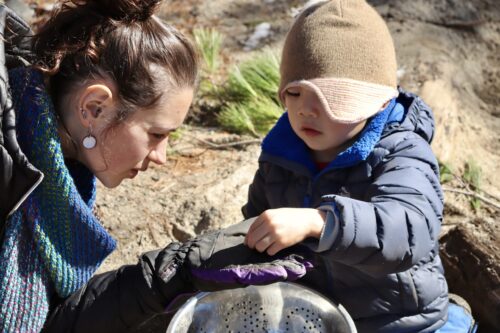
The Science of Play
For decades, early science education has often relied on teacher-directed activities. SciEPlay, however, presents a different approach: scientific learning through play-based exploration and discovery.
Dr. Miller explains: “If you sit back and carefully observe a child at play, you’ll see that they are doing their own investigation and making sense of the world around them. They collaborate and build scientific knowledge together. It comes naturally to them.”
Through self-directed play, children engage in scientific practices like asking questions, interpreting data, and using evidence to support their ideas. Their inherent curiosity fuels their desire to figure out the “why” and “how” of the natural world.
“Our role as educators,” Dr. Miller suggests, “is to create enriching play environments with open-ended materials and ample time for children’s investigations.”
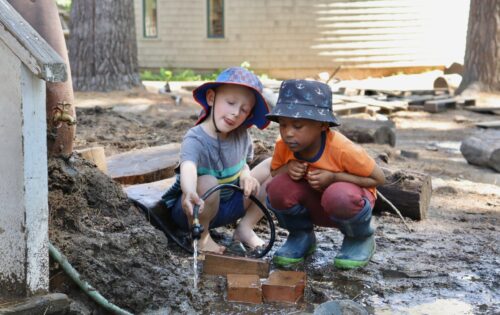
Empowering Early Childhood Educators
Early childhood educators acknowledge the pivotal role of play in fostering children’s development. However, mounting pressure to implement structured curricula often diminishes playtime in their schedules.
Participating in SciEPlay’s professional learning empowers teachers to view their classrooms and outdoor spaces as springboards for scientific exploration. SciEPlay’s tools and strategies equip educators with the language of science and engineering practices from the NGSS, allowing them to articulate the significant learning outcomes of play.
Dr. Miller emphasizes, “If teachers are able to demonstrate that children are actually learning science and engineering through play, and that play is learning, not a break from learning, then they may be able to advocate for more playtime in their schedules.”
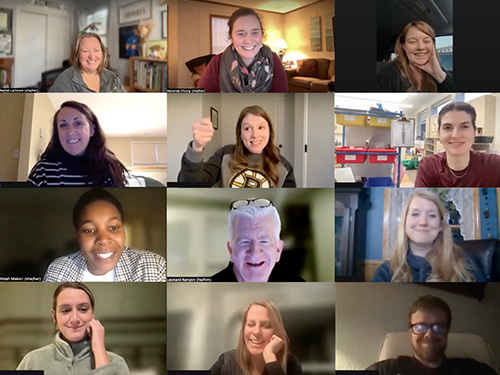
Looking Ahead: The Future of SciEPlay
Dr. Miller highlights a critical gap in science education research: “The conversations often focus on middle and high school, overlooking the immense potential for foundational STEM learning in early childhood.” The SciEPlay project addresses this gap by collaborating with early childhood educators and leveraging their expertise, expanding opportunities for all children to engage in science and engineering through play.
During the 2023-2024 school year, twelve teachers are participating in online professional learning sessions and research activities. This inaugural SciEPlay cohort comprises preschool, PreK, and Kindergarten teachers. A second group of educators will join the project next year.
SciEPlay aims to share its findings with the broader educational community through presentations, publications, and open-source professional learning materials. Recently, SciEPlay showcased its work at the National Association for Research in Science Teaching (NARST) conference in Denver, Colorado. Future presentations are scheduled for the Maine Science Teachers Association conference in St. George and the Maine Early Childhood Education conference in Portland.
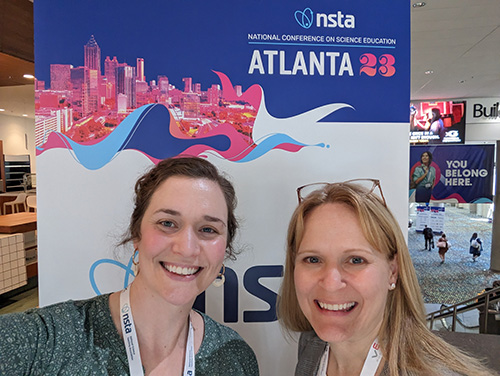
Learn More and Connect With Us
Watch our SciEPlay video or visit the project webpage to learn more about our impact on early STEM education. Follow MMSA on social media to stay up-to-date on the latest news and developments (Facebook, Instagram, and X /Twitter). Join the conversation! Use hashtag #SciEPlay to share your thoughts on play-based science learning.
